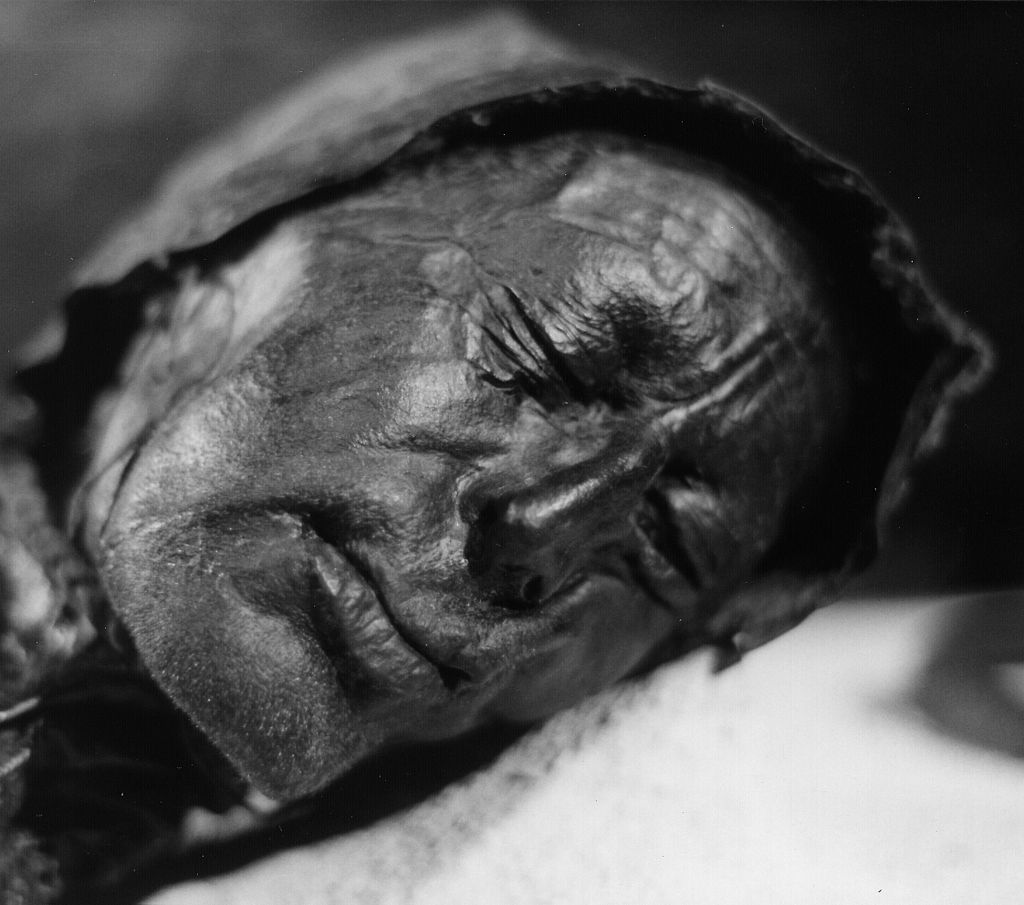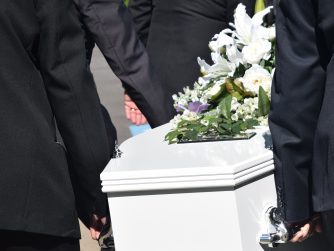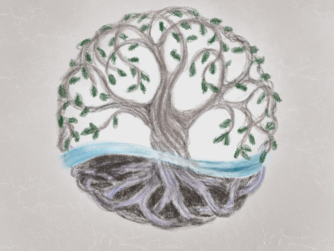Breath sounds and rhythms for a dying person can be alarming, even though it is a normal part of the process. Learn about pulmonary congestion, rattle, and changes to breathing patterns as we continue our series about what to expect during the dying process.
Changes in Breathing
Pulmonary congestion
Fluids may accumulate in the lungs, but this can usually be avoided if fluids are not forced on the patient… especially IV fluids.
Patients and their caregivers often express a fear of dehydration, yet some degree of dehydration is preferable during the dying process because it tends to keep the patient more comfortable. Being fully hydrated while dying often leads to lung congestion and shortness of breath. Dying people have enough to worry about without having to struggle for air.
Airway Rattling
What was once called “the death rattle” is actually an accumulation of excess fluid and mucous in the upper airway which “rattles” as the patient breathes in and out. Certain drugs can be given to help dehydrate the patient and thus, clear up this rattling. However, these drugs may cause discomfort by themselves; things such as excessively dry skin, mouth and eyes. It is far better to avoid overloading the patient with fluids in the first place than to get caught up in the hazardous game of alternately forcing artificial hydration and dehydration. In most cases, natural is better.
If upper airway rattling does occur it can be quite loud and disturbing for caregivers to hear. Fortunately, it is seldom as troublesome for patients as it is for caregivers. By the time this phenomenon manifests the patient is usually in semi- or full coma and is not aware of any physical discomfort. Suctioning is seldom recommended because it usually causes more discomfort than it alleviates.
To relieve upper airway rattling by suction it is usually necessary to do deep suctioning; i.e. suctioning all the way down into the main stem bronchus or “windpipe.” This requires experienced clinicians and it is also tends to be very traumatic for the patient no matter how skillfully performed because of the highly sensitive nature of the windpipe. Then, even if successful deep suctioning is accomplished, the rattling will likely return within ten to twenty minutes anyway.
Since upper airway rattling is usually more unpleasant for caregivers than for patients, it may be helpful to remember that the primary goal is to keep the patient comfortable, not the caregivers.
Breathing patterns
As the dying process evolves, certain respiratory patterns may appear. One common respiratory pattern is called Cheyne Stokes (pronounced: Chain Stokes). This is a regularly, irregular pattern; i.e., the patient takes several breaths, then stops, then takes several more breaths, then stops again, and so on. This is an irregular pattern which repeats itself regularly. The pauses between breaths can be quite long; perhaps half to threequarters of a minute, sometimes longer. Family and caregivers often find this very unnerving but it seldom is a clear indicator of anything specific… other than the patient is quite ill, which everyone was presumably aware of already.
Marianne also used to use the death of the Frog Prince to illustrate Cheyne Stokes breathing, along with the uncertainty the long pauses can cause family members whether it is their last breath.
A respiratory pattern which sometimes appears just hours prior to actual death is a regular, fairly deep, panting pattern. This pattern is driven by the autonomic nervous system after much of the rest of the brain has already shut down. Caregivers sometimes mistakenly think this pattern indicates recovery rather than approaching death because it is so regular and appears to be effective.
A final, or “agonal,” respiratory pattern is called “fish out of water” breathing. This is an ineffectual gasping of the mouth with little or no actual intake of air. This agonal “gasping” occurs very near physical death.
The final breaths taken at the moment of death are frequently deep, cleansing breaths or “sighs.” Sometimes there are two or three, sometimes only one.
What you can do to help
- Elevate the head and/or turning the person on one side may bring comfort.
- Use your hands to touch and soothe.
- Speak gently.
Resources:
Last hours of Living series:
- S2E26: What you need to know about pain, fatigue and skin at the last hours of living
- S2E27: What you need to know about eating and drinking in last hours of living
- S2E28: How to manage difficulty breathing in last hours of living
- S2E30: What you need to know about the last hours of living: Organ Failure
- S2E31: The Strange Phenomenon of Terminal Lucidity: Awakening Before Death
- S2E32: Understanding delirium in the last hours of life
- S2E33: What is Near Death Awareness, and How do I Respond?
- End of Life Timeline: Signs & Symptoms of the Dying Process (Omnicare Hospice)
- Signs of Approaching Death (Hospice Foundation of America)
Return of the Bog People
Charlie shared some interesting stories about the fascinating preservation of people – mostly from the Iron Age – in peat bogs. Learn more in the links below.

References:
- 9 Noteworthy Bog Bodies (And What They Tell Us) – Brittanica
- Bog Bodies – Wikipedia | National Geographic
Recipe of the Week
While we’re on a “bog” theme, we have a Chicken Bog recipe for you. It can also be called chicken pilau or pilaf with rice, chicken and smoked sausage. Get the recipe here from Southern Bite.










Great article ✔️
Thank you Deb!
Did you use the iron-age corpse to make the pepperonis of the chicken bog? Fascinating recipe, definitely an exquisite taste to be found here!